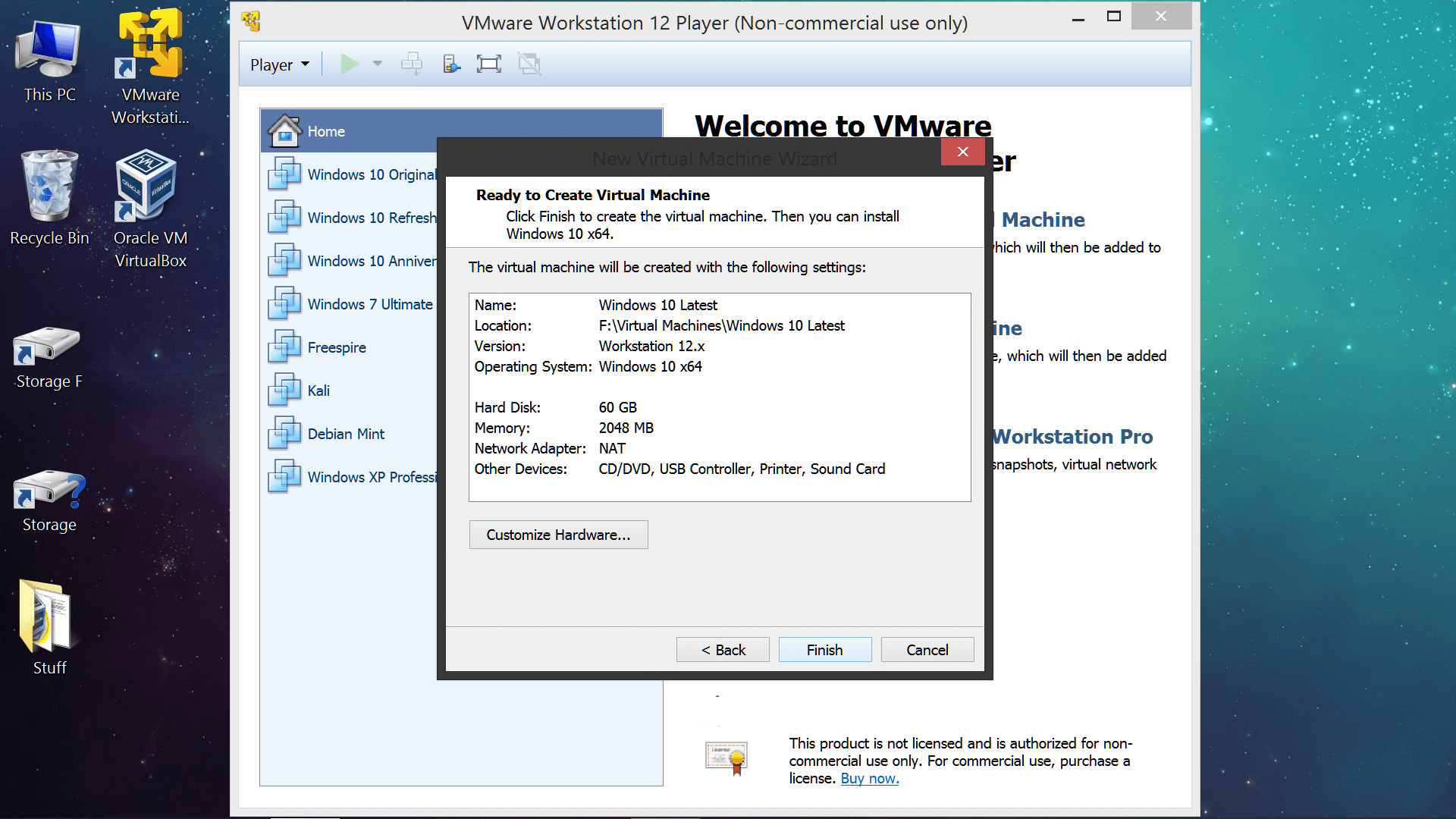- Vmware Sound Cards & Media Devices Driver Download For Windows 10 64
- Vmware Sound Cards & Media Devices Driver Download For Windows 10 64-bit
This article helps to fix an issue in which Windows 10 doesn't install specific drivers for USB audio devices on the first connection.
Vmware Sound Cards & Media Devices Driver Download For Windows 10 64
Original product version: Windows 10, version 1703
Original KB number: 4021854

Symptom
Sound in a Windows XP or Windows.NET Server Guest Click the Printers and Other Hardware link in the Windows XP or Windows.NET Server Control Panel (Start Control Panel).In the See Also pane, click Add Hardware, then click Next. Select Yes, I have already connected the hardware, then click Next. In the Installed Hardware list, select Add a new hardware device, then click Next. The VMware Workstation sound device is disabled by default and must be enabled with the Configuration Editor (Settings Configuration Editor). Sound support is currently limited to PCM (pulse code modulation) output (that is, any application that produces sound without using MIDI). Setting Up a Virtual Sound Card on a Windows Host.
When you connect a USB audio device to a Windows 10 Version 1703-based computer the first time, the operating system detects the device but loads the standard USB audio 2.0 driver (usbaudio2.sys) instead of the specific device driver.
Cause
This issue occurs because the USB audio 2.0 driver (usbaudio2.sys) isn't classified as a generic driver in Windows 10 Version 1703. Therefore, the system assumes that a compatible, nongeneric driver is installed for the device even though the driver is generic.
This issue also causes Windows 10 Version 1703 to postpone the search for other compatible drivers through Windows Update that typically occurs immediately after you install a new device.
Vmware Sound Cards & Media Devices Driver Download For Windows 10 64-bit
Resolution
To fix this issue, use one of the following methods.
Method 1
To resolve this issue, install update 4022716.
Method 2
If the device-specific driver is distributed through Windows Update, you can manually update the driver by using Device Manager. For more information about how to do this, see update drivers in Windows 10.
Method 3
If the device is not yet connected, first install the device-specific driver, such as by using the appropriate installer. After the device-specific driver is installed, Windows 10 will select that driver instead of the standard USB audio 2.0 driver when you first connect the device.
Note
See the device manufacturer's user guide for specific instructions about how to install the driver.
Method 4
If the driver isn't distributed through Windows Update, you can manually reinstall the driver. To do this, follow these steps:
- Install the device-specific driver (see Method 2).
- Open Device Manager.
- Right-click (or tap and hold) the name of the device, and then select Uninstall.
- Restart the computer.
When it restarts, Windows will try to reinstall the device by using the device-specific driver.




